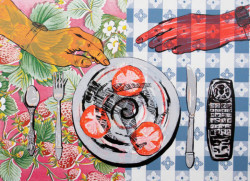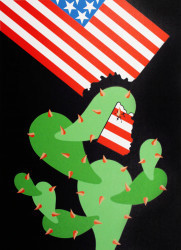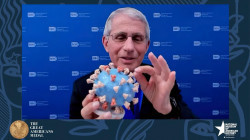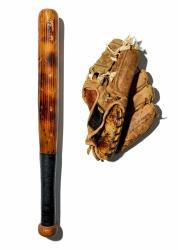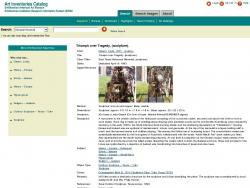Philippa Rappoport
I work in education and engagement, teacher professional development, and outreach at the Smithsonian Office of Educational Technology (OET), and have a particular interest in developing and producing trainings, programs, teaching techniques, and platforms that foster deep learning and contribute knowledge to improve practices in museum and preK-16 education and engagement. At OET over the last decade+, I created digital assets for schools, families, and new immigrant English Language learners to complement teacher professional development and pan-Smithsonian programming, including Learning Lab teaching collections, YouTube videos with tradition bearers, a handmade family stories book-making website, and online heritage tours.
Philippa Rappoport's collections
MAS Digital Archives: Integrating Digital Cultural Resources in your Curriculum (#EthnicStudiesY2)
 Philippa Rappoport
Philippa Rappoport
Digital Museum Resources for the High School Ethnic Studies Classroom (#EthnicStudiesY2)
 Philippa Rappoport
Philippa Rappoport
Community Engagement and Heritage Best Practices Lecture Series
 Philippa Rappoport
Philippa Rappoport
From Deer to Dance: How-to Demonstrations and Informational Videos
 Philippa Rappoport
Philippa Rappoport
Inclusive Memory Project: Digital Storytelling as a Teaching Strategy in the Smithsonian Learning Lab
 Philippa Rappoport
Philippa Rappoport
Toward a More Inclusive America through the Arts: Statues of Liberty and other National Symbols
 Philippa Rappoport
Philippa Rappoport
Preview Activity for Learning Lab Training Collection on the Theme: “Facing the Complex, Multiple Challenges of the 21st Century"
 Philippa Rappoport
Philippa Rappoport
Classroom Activity with "¡Pleibol!”: Close Looking to Explore One Family’s Story of Latino Baseball
 Philippa Rappoport
Philippa Rappoport
Student Activity: An Exploration of Immigration/Migration Experiences
 Philippa Rappoport
Philippa Rappoport
Origami Cranes: Activity and Background Information
 Philippa Rappoport
Philippa Rappoport
Student Activity: Looking at the Holocaust through Art
 Philippa Rappoport
Philippa Rappoport
Religion in Diaspora: How did a Shofar Come to the National Museum of African American History and Culture?
 Philippa Rappoport
Philippa Rappoport

